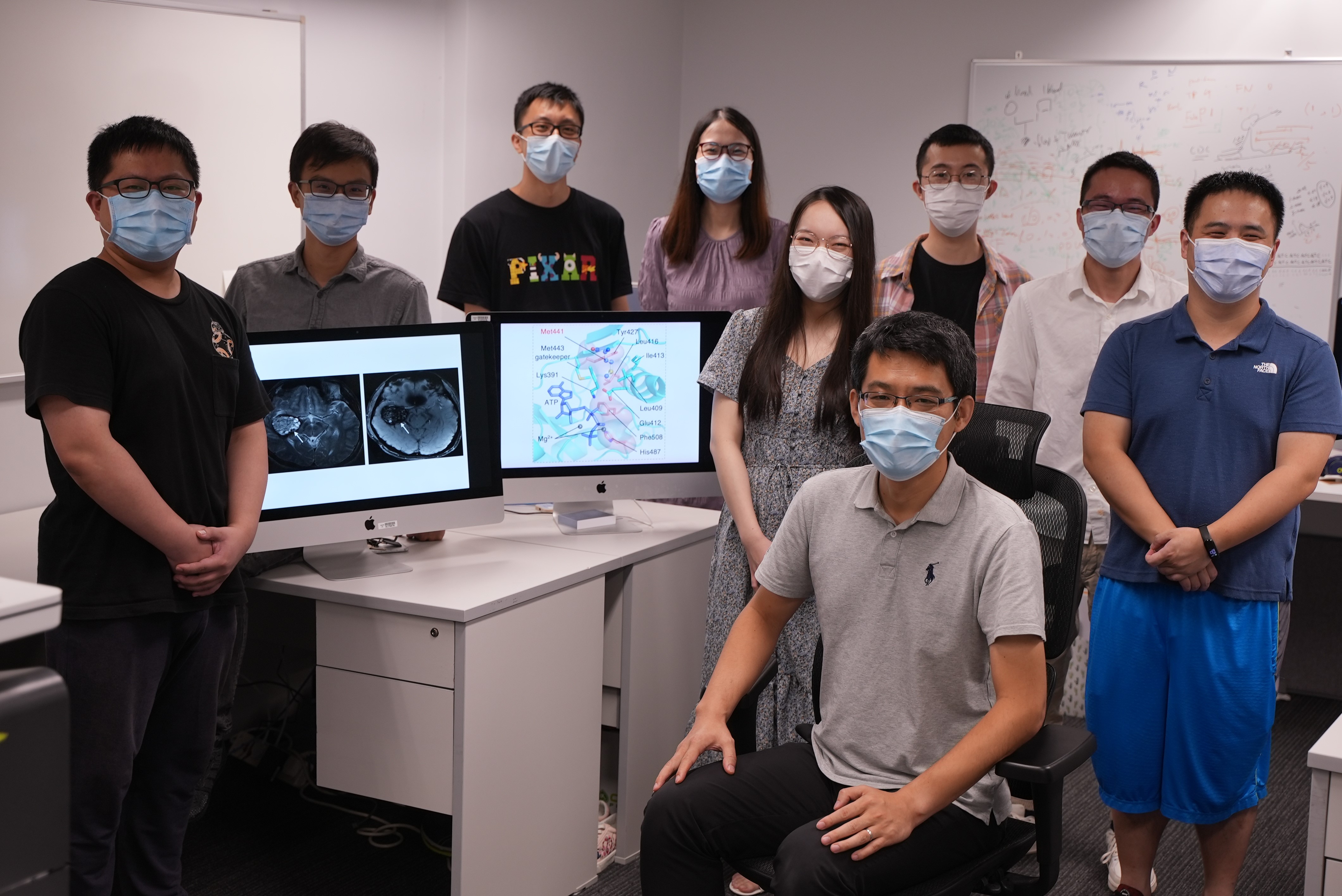
Researchers from the HKUST and Beijing Tiantan Hospital have recently uncovered a new gene mutation responsible for the non-familial patients of cerebral cavernous malformation (CCM)...

A group of researchers at HKUST has uncovered the mechanism of how DNA is being melted to start bacterial gene transcription and how one class of antibiotics inhibits this process...
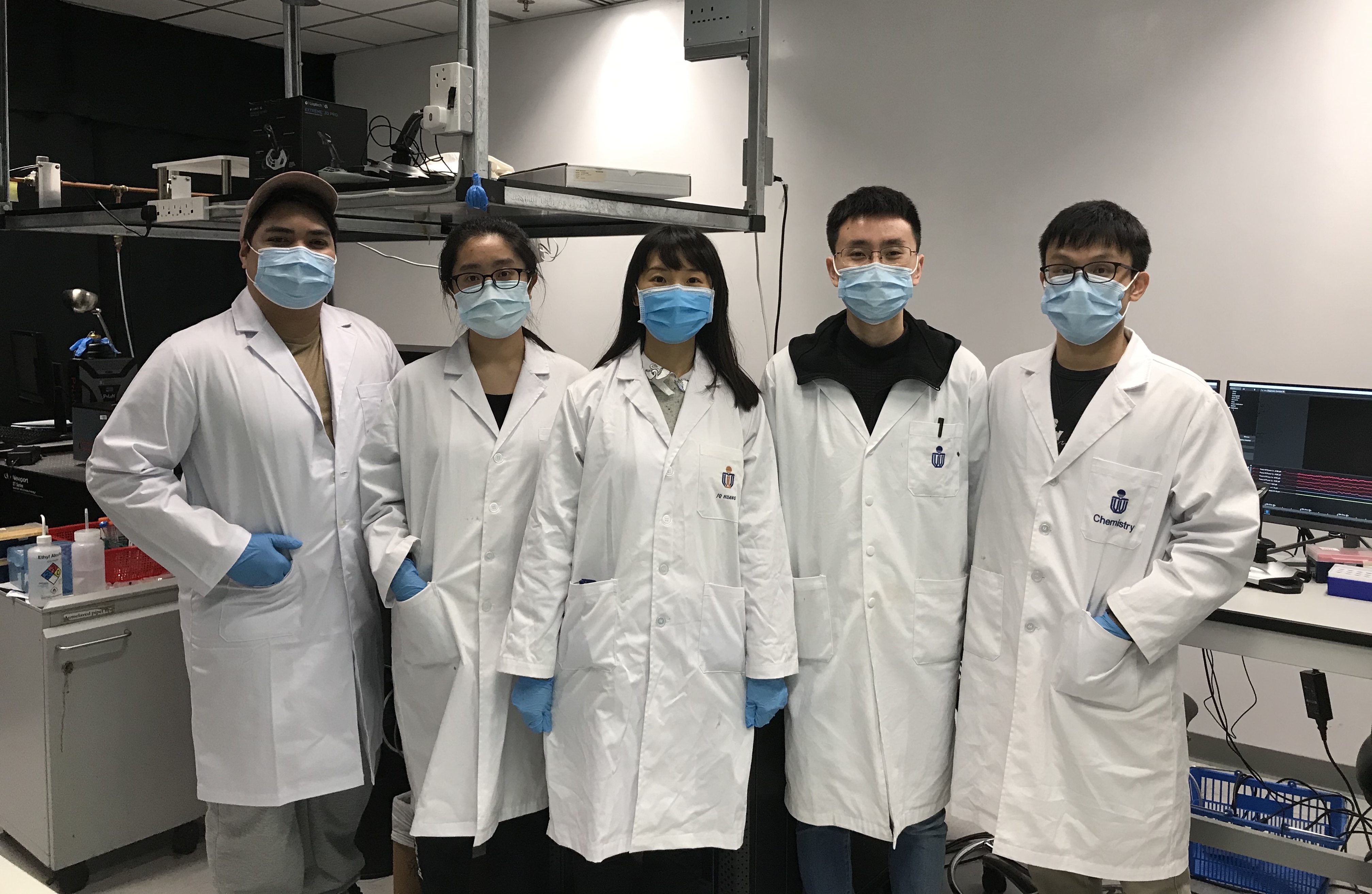
It is challenging to analyze proteins at low concentrations, especially for those in a mixture of various conformations such as intrinsically disordered proteins (IDPs)...

Liquid Crystals (LC) are widely deployed in display technology and optical fibers. From smartphones in your pockets to large screen TVs, LCs are everywhere...
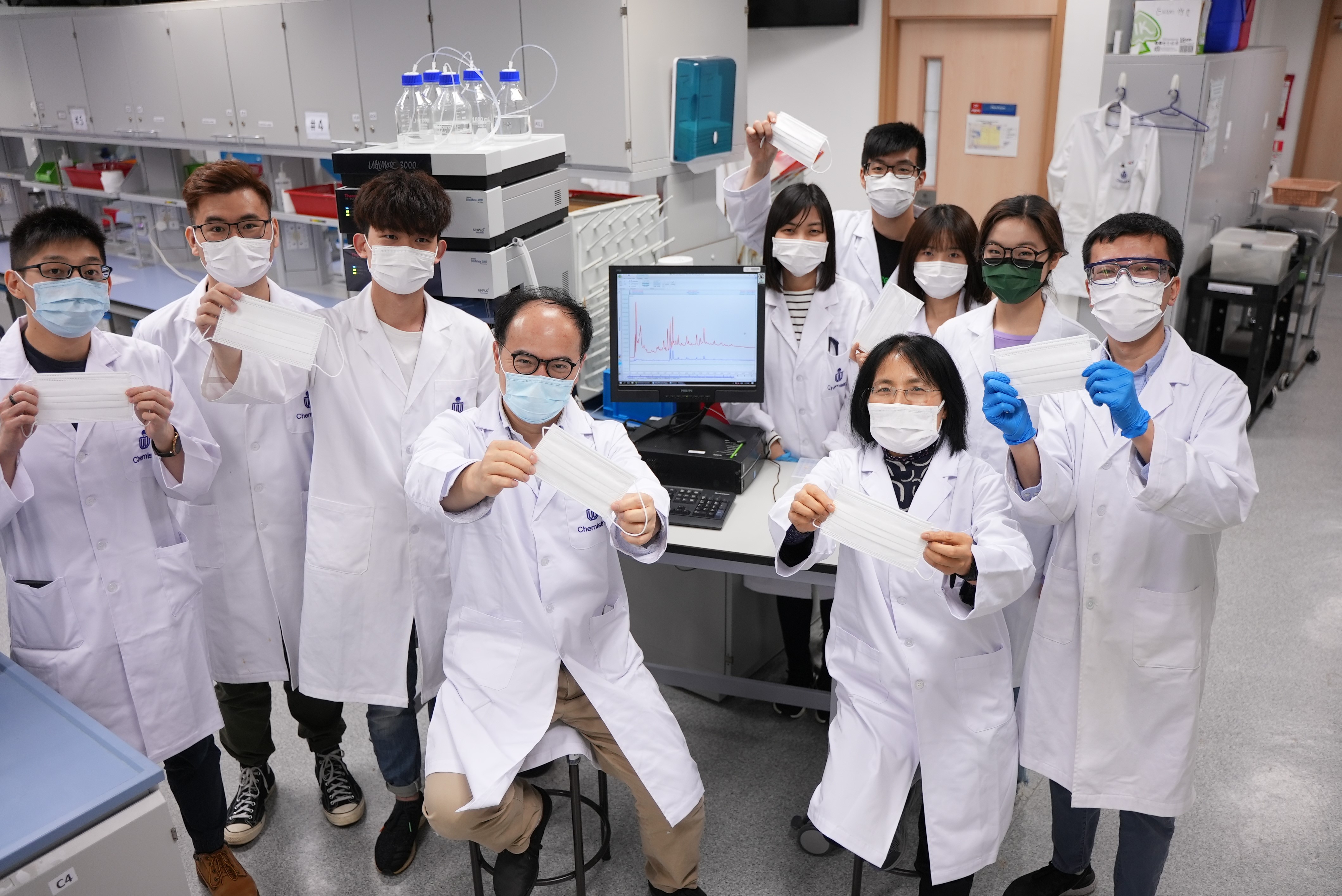
Researchers from HKUST have recently proved that apart from protecting us from inhaling respiratory droplets that contain pathogens, surgical masks are also effective in blocking...
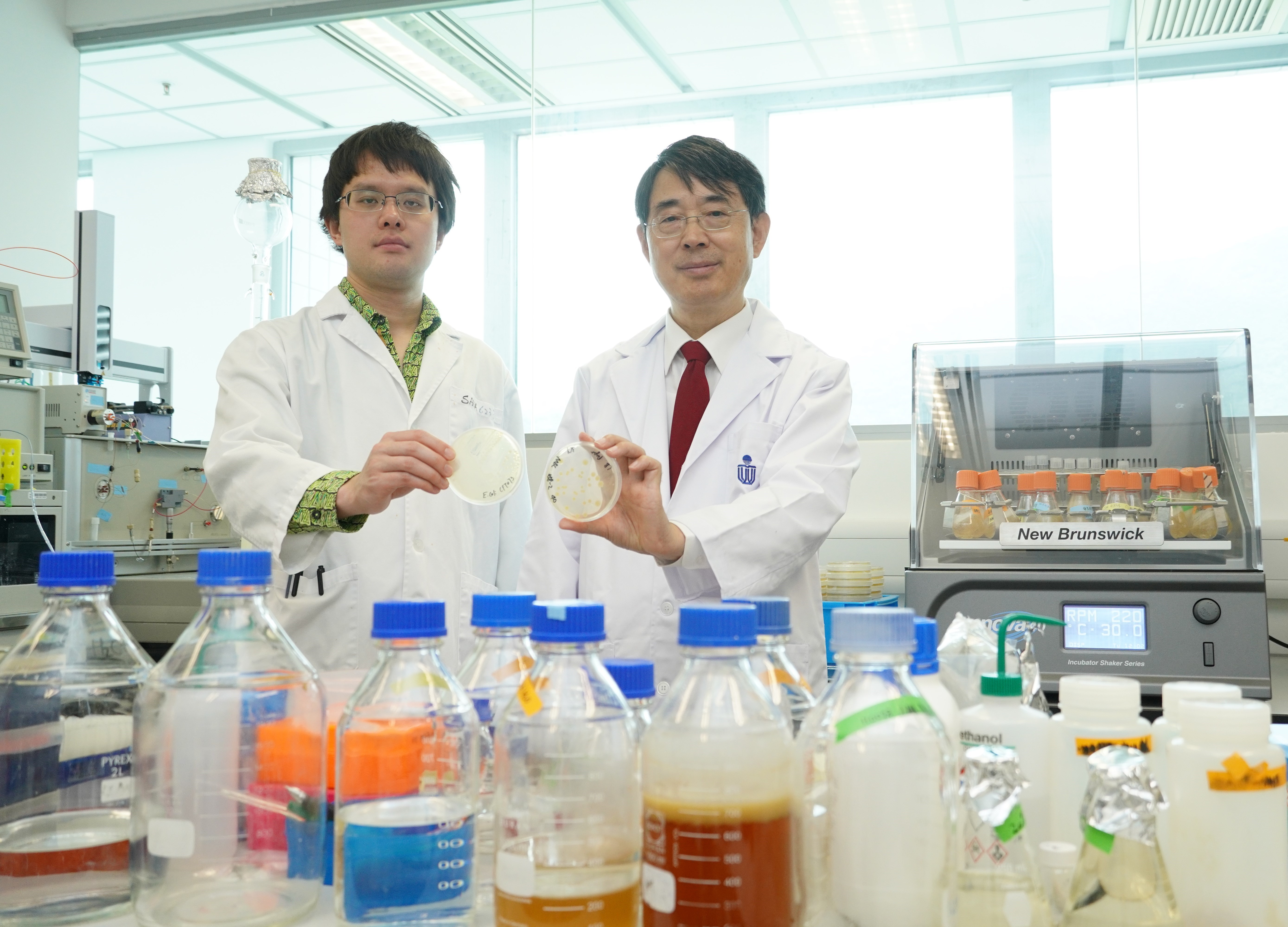
An inter-disciplinary team of researchers has unraveled how a novel microbial small molecule released by...
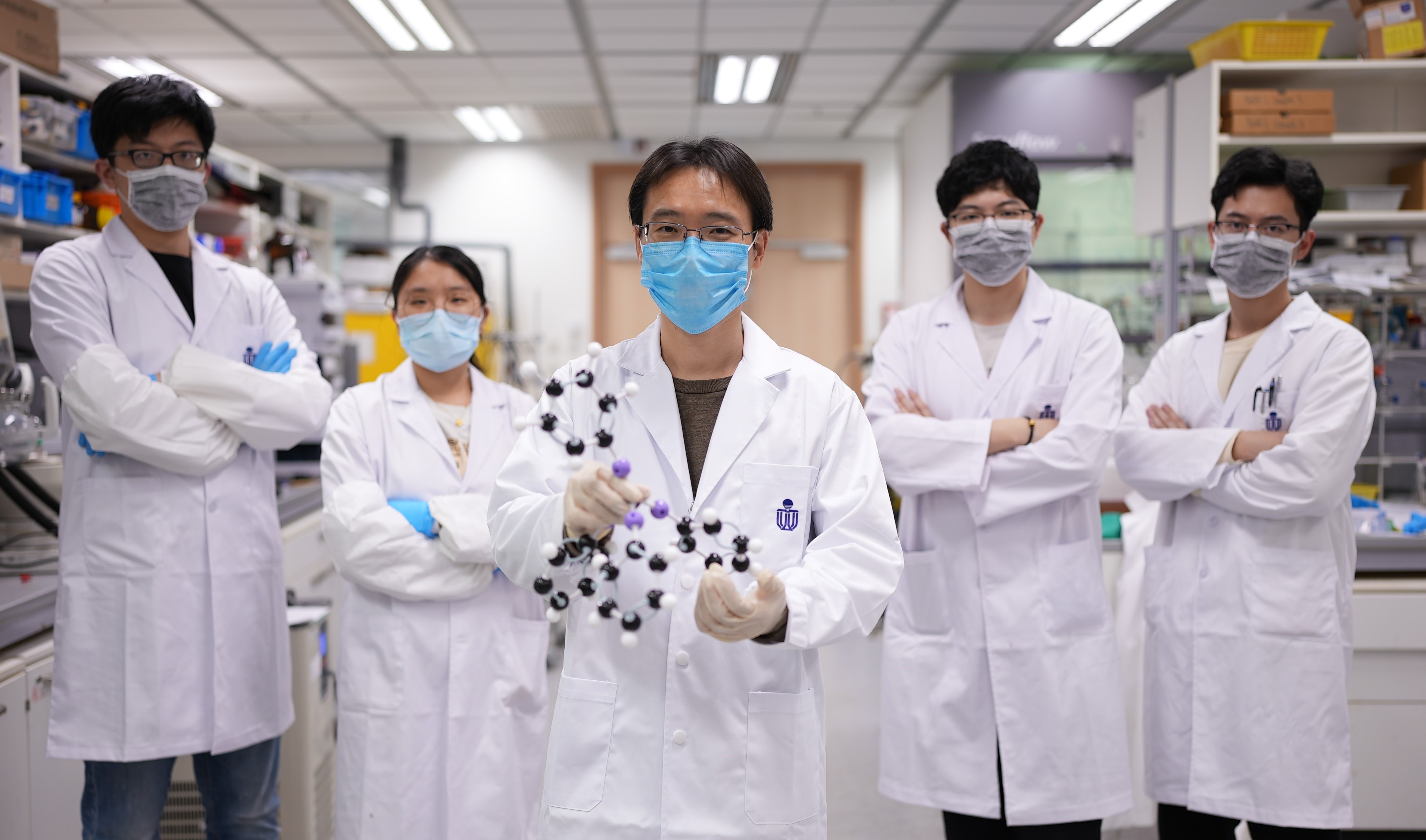

A research team led by Prof. Qian Peiyuan (Ocean Science) has published their cutting-edge findings of symbiotic mechanisms of a deep-sea vent snail (Gigantopelta aegis) in the scientific journal Nature Communications...
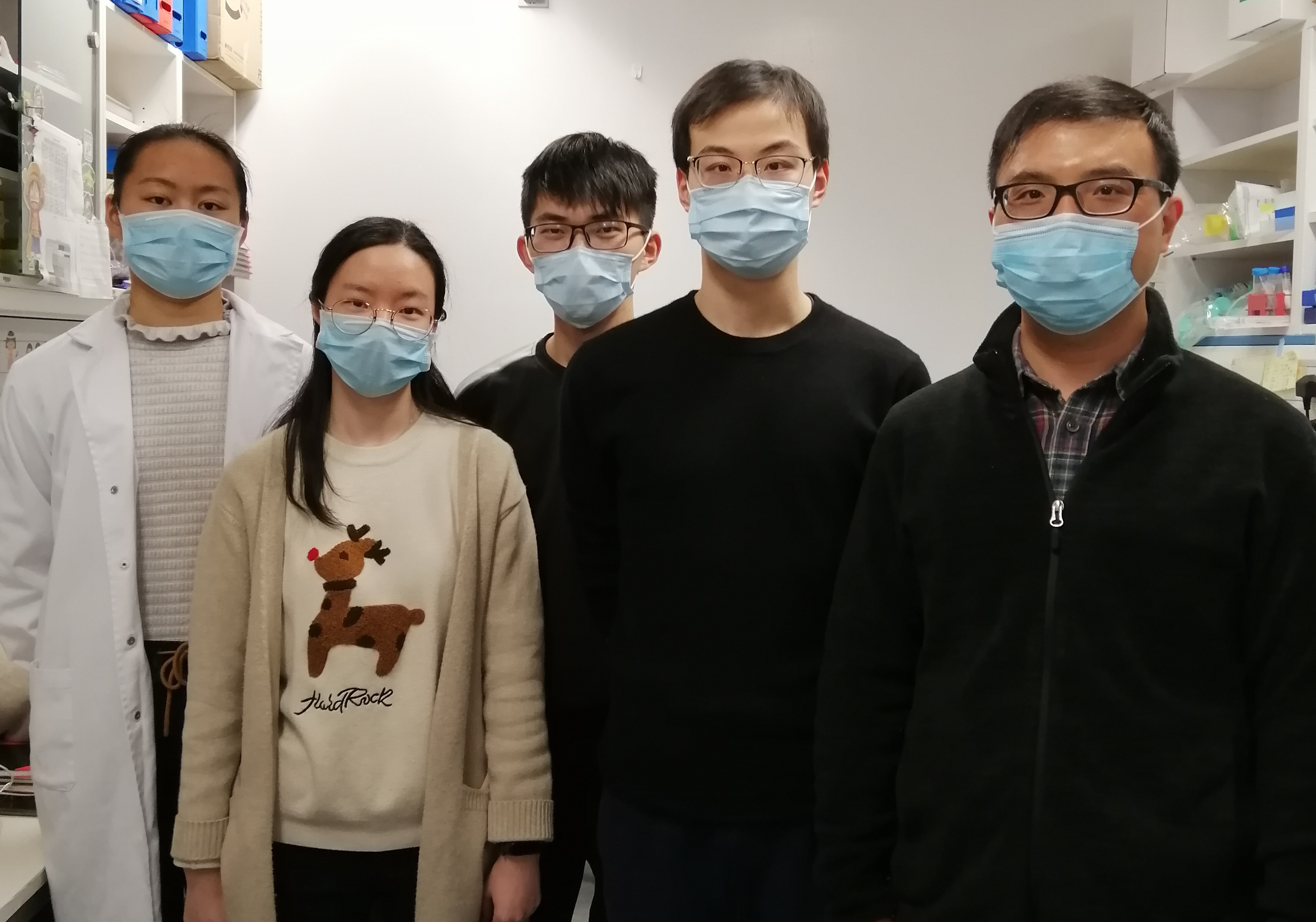
HKUST researchers recently uncovered a novel molecular mechanism that regulates the subcellular localizations of Arf proteins, shedding light on the mechanism underlying various inherited diseases and offering new insight to the treatment of them...

Researchers at the Hong Kong University of Science and Technology have identified new therapeutic targets for Alzheimer’s disease by studying the patients’ brain with a newly-developed methodology.